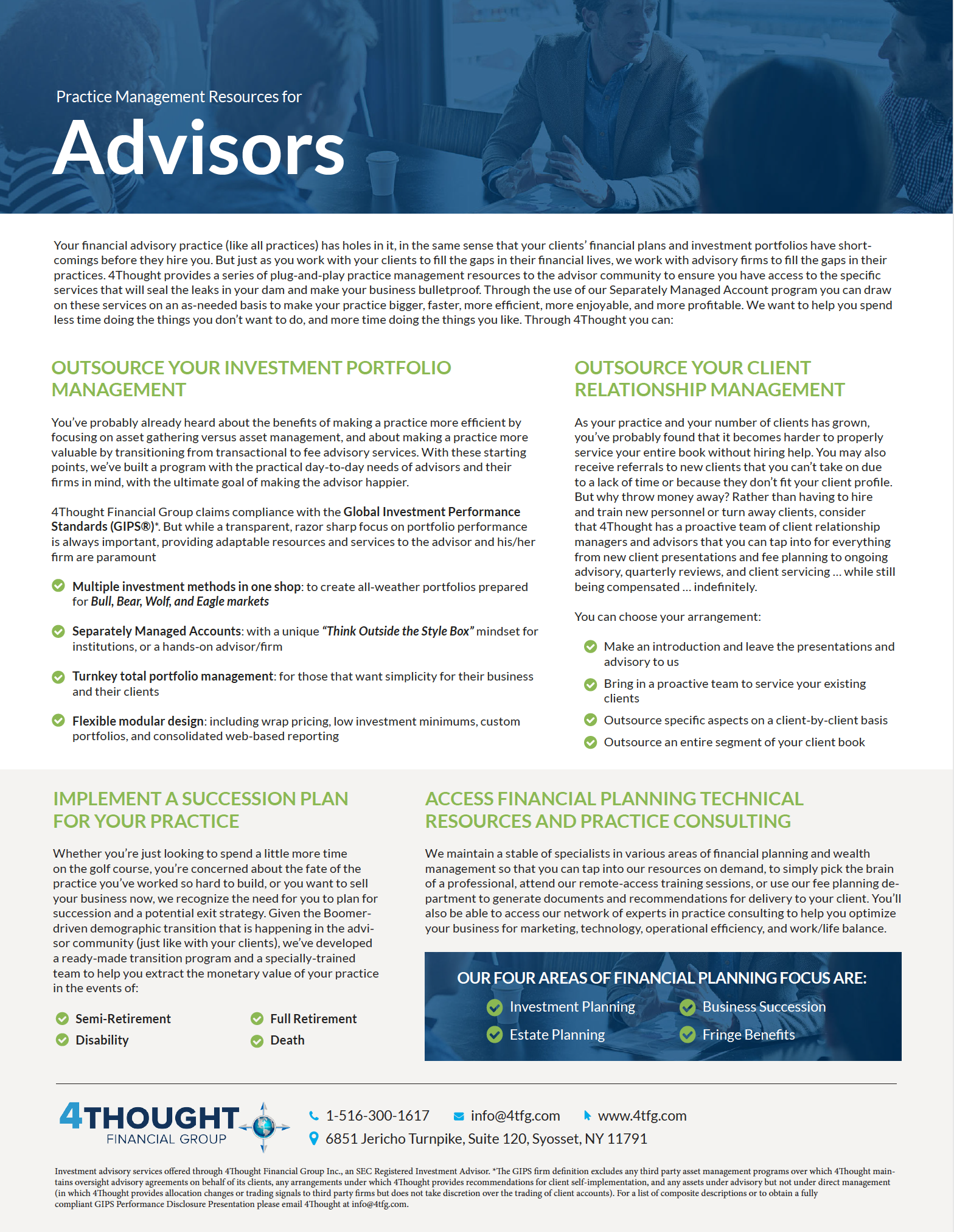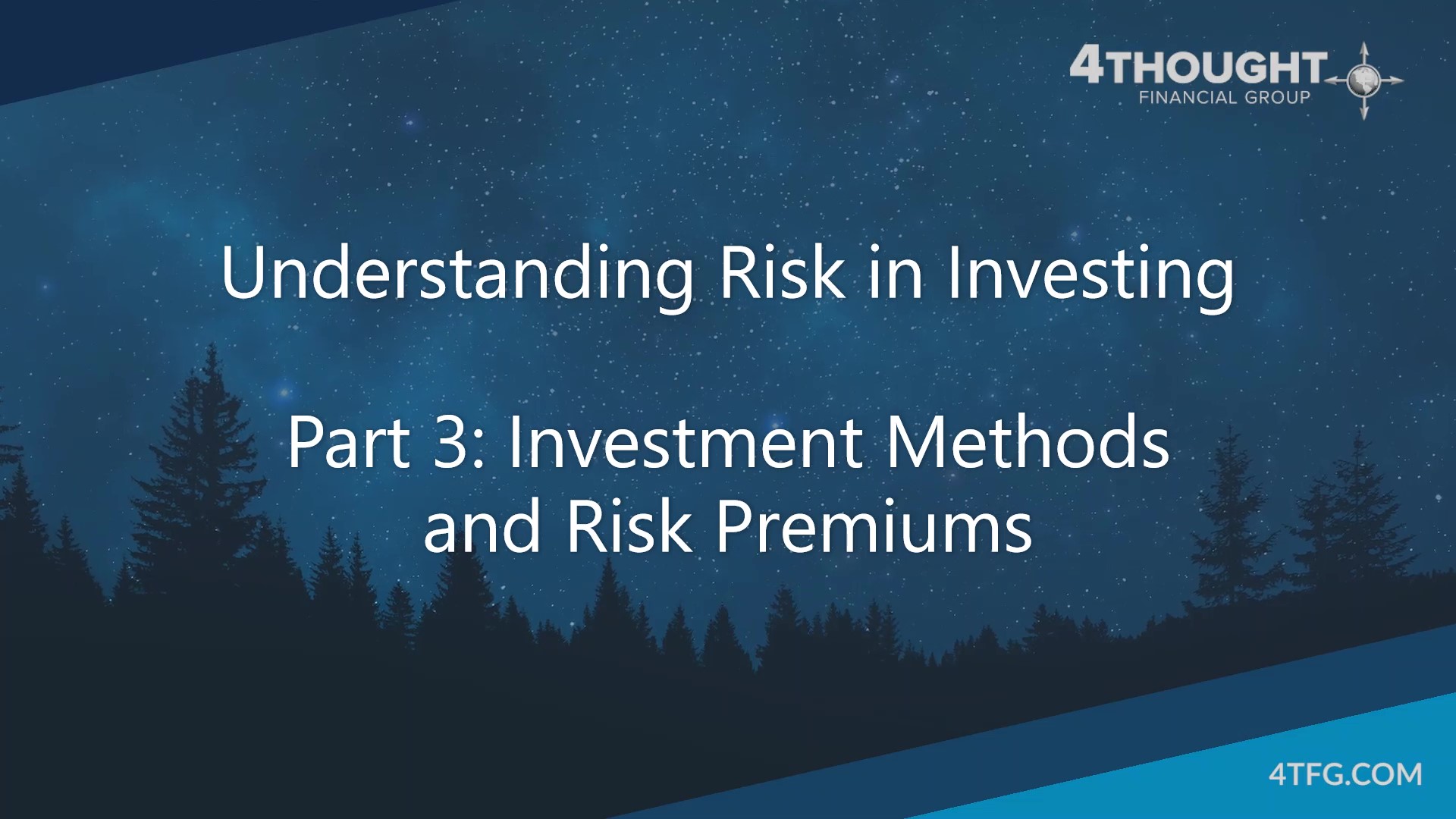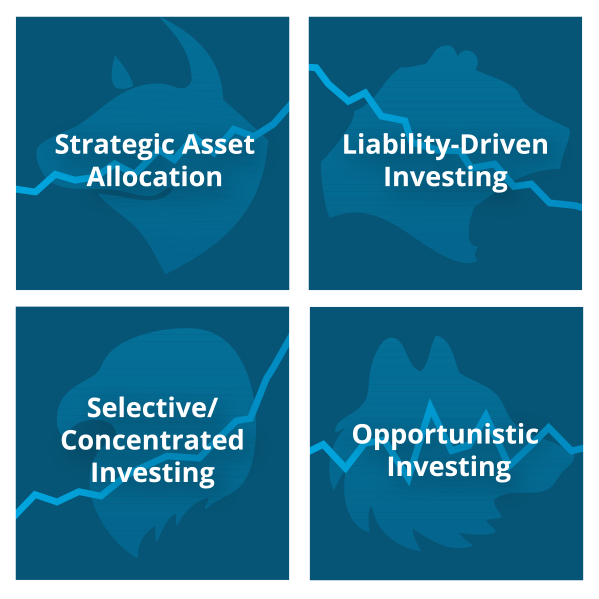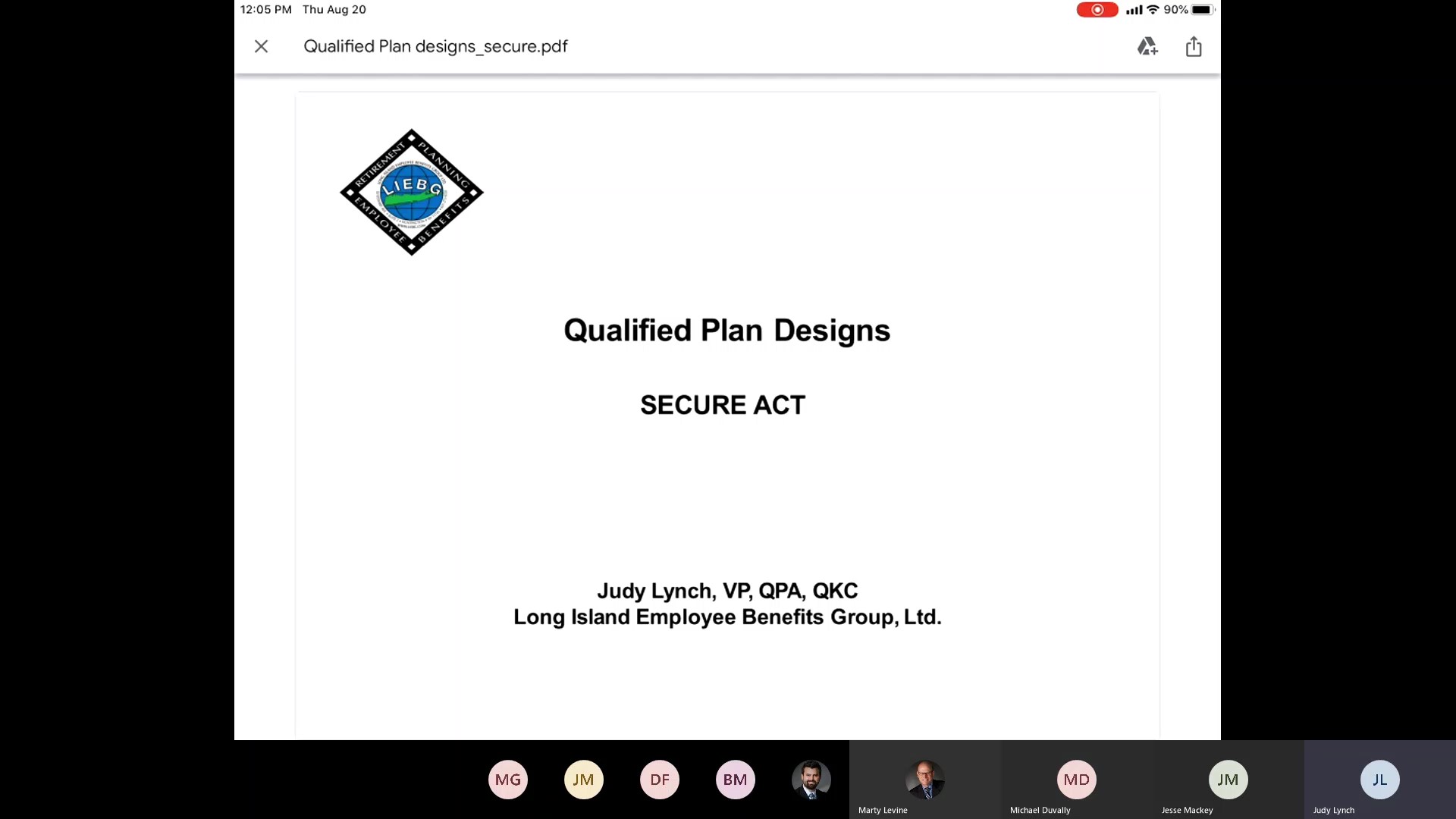

Practice Management Resources for Financial Advisors
"Outsource your investment portfolio management so you can focus on asset gathering, plus on-demand access to our team of financial planning and wealth management specialists when you need them."
Learn how 4Thought supports Financial Advisors and Institutions
During periods of extreme market volatility, the 4Thought Investment Committee recommends that advisors perform the following steps with regards to existing client accounts and relationships.
No action is necessary on the part of CPA partners. We strongly recommend this plan for our internal advisors and partnered firm advisors in order to retain clientele and properly service them through financial market crises:
1. Immediately contact all clients who currently hold investment accounts implemented through your services.
Communicate your intentions (as outlined below) to associated partnered team members and advisors before calling clients directly, to determine what the appropriate steps for the account will be.
2. Review the current portfolio allocation and determine whether it is still appropriate for the client.
a. Determine whether any changes have occurred since the most recent reallocation in terms of investment objectives, changes in life situation, and cash needs in the short/intermediate term (1-3 years). This will involve reassessing the appropriate split between cash, bonds, stock, etc.
b. Consider having the client complete a new risk tolerance questionnaire (in addition to that which was already taken at initial portfolio implementation).
c. If the portfolio no longer fits the client, consult with the portfolio management team to make the necessary adjustments to bring it into balance based on the client’s new situation.
d. If the portfolio still fits the client, work with the portfolio management team to perform a portfolio rebalance back to the original allocation. This is also an opportunity to jettison any securities that are no longer part of the long-term plan for the client and replace them with appropriate substitutes, or to add diversifying positions/accounts that may be missing.
3. Reinforce with the client our belief and confidence in the investment methodology(ies) and strategies that we have applied to the account for the long term (ie. Diversified asset allocation and further diversification by investment method).
4. For those clients whom you believe may be in danger of abandoning their strategic plan or moving their account in fear, consider implementing a stop-loss strategy/strategy reassessment:
As an advisor, you may have determined a theoretical stop-loss number or an approximate value prior to portfolio implementation. Refer to the original risk questionnaire or use the value as determined by the question below. Define the point at which the client can no longer emotionally or analytically handle the stresses that are currently being applied by the markets (and may be in the future) by asking the specific question:
a. If you invested $100,000 in your account and your portfolio began losing money, at what point would you sell?
i. $95,000
ii. $90,000
iii. $85,000
iv. $80,000
v. $75,000
vi. $70,000
vii. $65,000
viii. Less than $65,000
ix. I would not sell
5. Upon determining the appropriate theoretical stop-loss number, apply the same proportional drop in value to the individual client’s account, as determined by the initial investment value. If the theoretical stop-loss value has been exceeded, then consider the two following options for the client:
a. Option 1: Reallocate the portfolio to fit the client’s situational/market change by consulting with the portfolio management team. Analytically, this is the best course of action for the long-term investor.
b. Option 2: Go to Cash. From a historical standpoint, this is a far less favorable option, and should be applied only to those clients that cannot mentally/emotionally handle the market changes we are witnessing, or for clients that have short-term liabilities/goals that will be compromised if the threshold is breached. The following verbiage should be utilized:
i. “One option for you is to move to cash with a portion or all of your portfolio until we both feel that the time is right for you to re-enter the markets. However, I would caution you that unless you need the cash for the short/intermediate term, this may be a mistake.”
ii. “It is important that we recognize that this option is, on an analytical basis, likely the least favorable in terms of the long-term risk-adjusted performance of your portfolio, and may result in the loss of opportunity to participate in a significant portion of the eventual market upswing when it occurs. In addition, such movements may require that you incur additional costs, like tax liabilities.”
When implementing all of the above for client portfolios in communication with your 4Thought portfolio management team, it is important that as advisors you act as leaders in communicating a certain message of strength and conviction to clients. This message is personified in a quote from Warren Buffett, widely regarded as one of the world’s most successful investors. When once asked about the consistent success of his investing philosophy, he responded:
We simply attempt to be fearful when others are greedy and to be greedy only when others are fearful.
- Warren Buffett







Leave a Comment